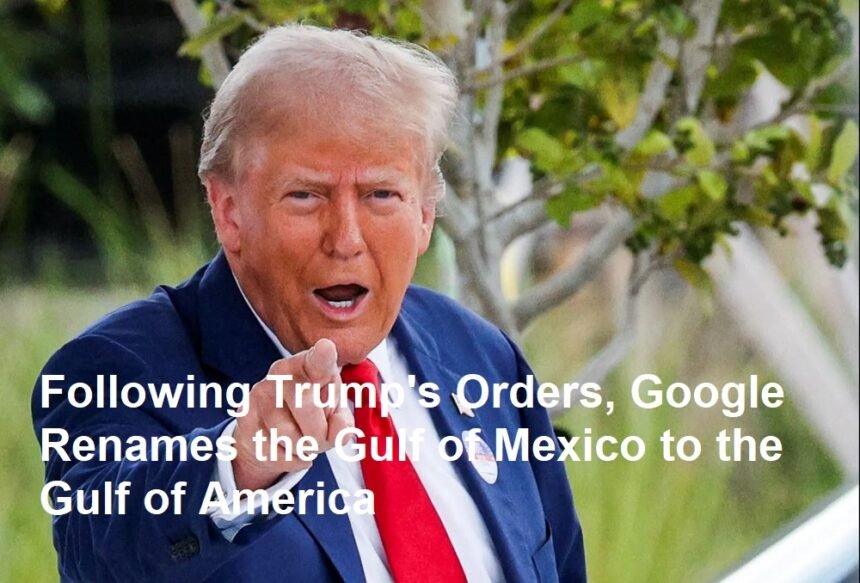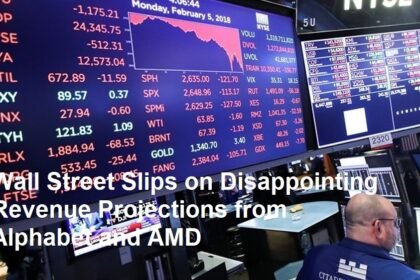In a move that has stunned both the tech world and international communities, Google has recently updated its digital maps to reflect a controversial renaming. Following a directive attributed to former President Donald Trump, the widely recognized Gulf of Mexico has now been rebranded as the Gulf of America. This decision, announced without prior consultation with international stakeholders, has ignited heated debates and raised questions about the influence of politics on global cartography.
Google’s announcement came in the form of a brief update on its corporate blog, stating that the change was implemented as part of a broader rebranding strategy aimed at emphasizing American heritage and innovation. According to the blog post, the new name, Gulf of America, is intended to symbolize a renewed national identity and is part of a campaign to align digital mapping with a modern vision of American progress. The company asserted that the update would be seamlessly integrated across all of its platforms, ensuring that users around the world would experience a consistent new nomenclature.
However, the decision has not been met with universal approval. Critics argue that such unilateral changes to internationally recognized geographic names are problematic. “Renaming a major geographic landmark on a global platform without consensus from affected nations undermines established international standards,” remarked Dr. Linda Carver, a professor of political geography at the University of Chicago. “This act not only disregards historical context but also risks sparking diplomatic tensions,” she added.
Political analysts have also weighed in on the matter, suggesting that the decision may have deeper implications beyond mere branding. Some see the move as an example of how political agendas can infiltrate even the most technical and ostensibly neutral fields, such as digital mapping. “This is a clear demonstration of political influence over technology,” commented analyst Mark Donovan. “When a company like Google adopts a politically motivated change, it sets a precedent that may encourage similar actions in the future.”
The international reaction has been swift and varied. The Mexican government, whose heritage is closely tied to the Gulf of Mexico, has voiced strong opposition. In an official statement, Mexican authorities declared that the change is an affront to cultural and historical facts. Cuban officials have echoed these sentiments, arguing that the renaming disregards the collective memory and identity of the region’s people. Meanwhile, several experts in international law have expressed concerns over potential legal challenges, noting that such alterations could lead to disputes in international forums and impact treaties concerning geographic nomenclature.
Despite the controversy, some supporters of the move argue that the renaming is a symbolic gesture aimed at reinvigorating national pride and promoting a forward-looking perspective. Proponents claim that this change reflects a natural evolution in how America sees itself in the modern world, one that embraces innovation and transformation. “It is not about erasing history, but rather about updating our collective vision to match current aspirations,” stated a spokesperson for a group of technology advocates.
As Google proceeds with the implementation of the new name, the broader implications of this decision continue to unfold. Observers are now keenly watching for potential ripple effects across other digital platforms and whether similar changes might be adopted in the future. The incident serves as a stark reminder of the delicate balance between technology, politics, and international relations in our increasingly interconnected world.
With tensions mounting and debates intensifying, the renaming of the Gulf of Mexico to the Gulf of America stands as a milestone in the evolving narrative of digital cartography and political influence.













